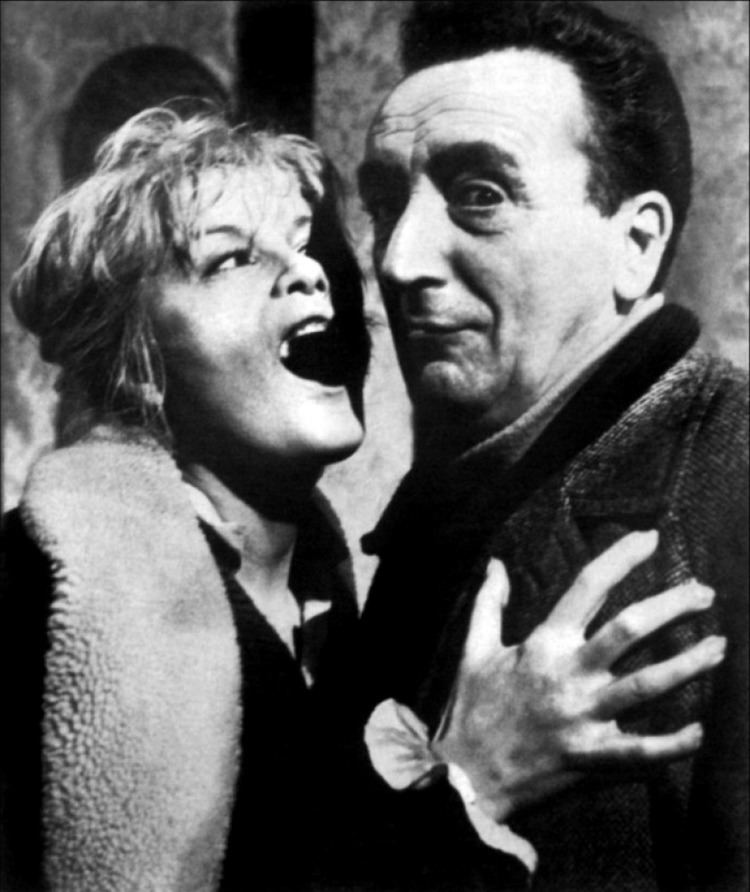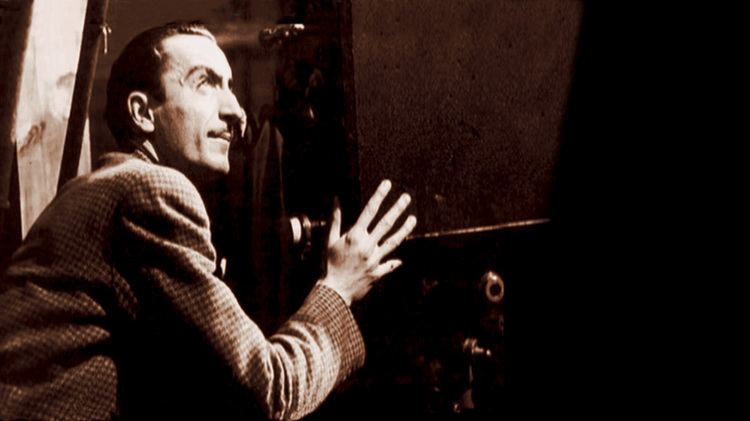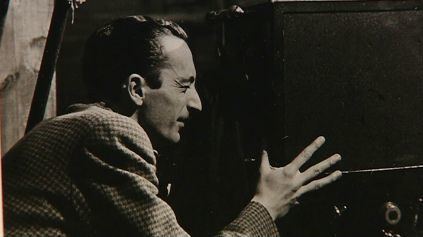Name Mario Bava Grandchildren Fabrizio Bava | Role Director | |
 | ||
Movies Similar People | ||
'Maestro of the Macabre' Mario Bava remembered by Cameron Mitchell
Mario Bava (31 July 1914 – 27 April 1980) was an Italian director, screenwriter, special effects artist, and cinematographer from the "golden age" of Italian horror films. His work kick-started the giallo film genre and the modern "slasher film". His son Lamberto Bava later went on to become a noted horror film director in his own right.
Contents
- Maestro of the Macabre Mario Bava remembered by Cameron Mitchell
- Reazione a catena 1971 Director Mario Bava
- Biography
- References
Reazione a catena 1971 Director Mario Bava
Biography

Mario Bava was born in San Remo, Liguria on 31 July 1914. He was the son of Eugenio Bava (1886-1966), a sculptor who also worked as a special effects photographer and cameraman in the Italian silent movie industry. Mario Bava's first ambition was to become a painter. Unable to turn out paintings at a profitable rate, he went into his father's business, working as an assistant to other Italian cinematographers like Massimo Terzano. He also helped his father at the special effects department at Benito Mussolini's film factory, the Istituto Luce.

Bava became a cinematographer in his own right in 1939, shooting two short films with Roberto Rossellini. He made his feature debut in the early 1940s. Bava's camerawork was an instrumental factor in developing the screen personas of such stars of the period as Gina Lollobrigida, Steve Reeves and Aldo Fabrizi.
Bava completed filming I Vampiri (aka The Devil's Commandment) for director Riccardo Freda in 1956, a movie now referred to as the first Italian horror film. Bava was originally hired as the cinematographer, but when Freda walked out on the project midway through production, Bava completed the film in several days, even creating the innovative special effects that were needed. He also handled the cinematography and special effects on the 1955 Kirk Douglas epic Ulysses and the 1957 Steve Reeves classic Hercules, two films credited with sparking the Italian sword and sandal genre.
Bava co-directed The Day the Sky Exploded in 1958, the first Italian science fiction film, predating even the sci-fi films of Antonio Margheriti. Because he had no earlier credited experience as a director, the film was credited solely to Paolo Heusch. In 1959, Bava completed Caltiki - the Immortal Monster, again for Riccardo Freda who left the project prematurely, and also worked on the lighting and special effects for 2 Steve Reeves epics, Hercules Unchained and The Giant of Marathon.
In 1960, Bava directed the gothic horror classic Black Sunday, his first solo directorial effort, which made a genre star out of Barbara Steele. His use of light and dark in black-and-white films is widely acclaimed along with his spectacular use of color in films such as Black Sabbath, Kill, Baby... Kill!, Blood and Black Lace and The Whip and the Body.
His work has proved very influential. Bava directed what is now regarded as the earliest of the Italian giallo films, The Girl Who Knew Too Much (1963) and Blood and Black Lace (1964). His 1965 sci-fi/ horror film Planet of the Vampires was a thematic precursor to Alien (1979). Although comic books had served as the basis for countless serials and children's films in Hollywood, Bava's Danger: Diabolik (1968) brought an adult perspective to the genre. Many elements of his 1966 film Kill, Baby... Kill!, regarded by Martin Scorsese as Bava's masterpiece, also appear in the Asian strain of terror film known as J-horror. 1971's A Bay of Blood is considered one of the earliest slasher films, and was explicitly imitated in Friday the 13th Part 2.
Mario Bava was very disappointed with the theatrical distribution of some of his later films. His Lisa and the Devil (1972) was never picked up by a distributor, and had to be later re-edited by the producer (with new 1975 footage) into an Exorcist-clone retitled House of Exorcism in order to get released. Bava's Semaforo Rosso (1974) was never released theatrically during his lifetime; the film only appeared on Video in the late 1990s, re-edited with some new footage, as Rabid Dogs, and was released again later on DVD in 2007 in a slightly altered version under the title Kidnapped.
In 1977, Bava directed his last horror film, Shock, which was co-directed with his son Lamberto Bava who did the work uncredited. Bava later did special effects matte work on Dario Argento's 1980 film Inferno. Mario Bava died of natural causes on 27 April 1980 at age 65. His doctor had given him a physical just a few days before he died from a sudden heart attack, and had pronounced him in perfect health. Right before Bava's death, he was about to start filming a science fiction film titled Star Riders, a project on which Luigi Cozzi had hoped to collaborate.
Mario Bava's son Lamberto Bava worked for 14 years as Bava's assistant director (beginning with Planet of the Vampires), and went on to become a horror film director on his own. On several of Mario's movies, Mario was credited as John M. Old. Later, Lamberto was sometimes credited as John M. Old, Jr. When Lamberto directed his first solo film Macabre in 1980 and screened the completed work for his father, Mario commented jokingly to Lamberto: "I am very proud of you. Now I can die in peace". (He actually did die less than two months later.)
Several books have been published about Mario Bava: Mario Bava by Pascal Martinet (Edilig, 1984) and Mario Bava edited by Jean-Louis Leutrat (Éditions du Céfal, 1994) in French; Mario Bava by Alberto Pezzotta (Il Castoro Cinema, 1995) in Italian; The Haunted Worlds of Mario Bava by Troy Howarth (FAB Press, 2002) and most recently, the massive critical biography Mario Bava: All the Colors of the Dark by Tim Lucas (Video Watchdog, 2007; ISBN 0-9633756-1-X).
